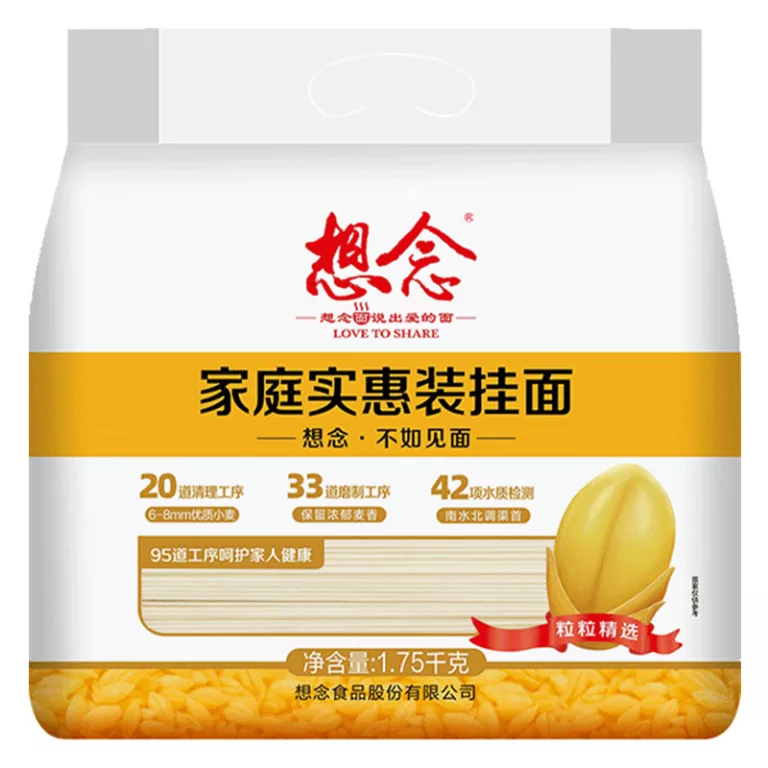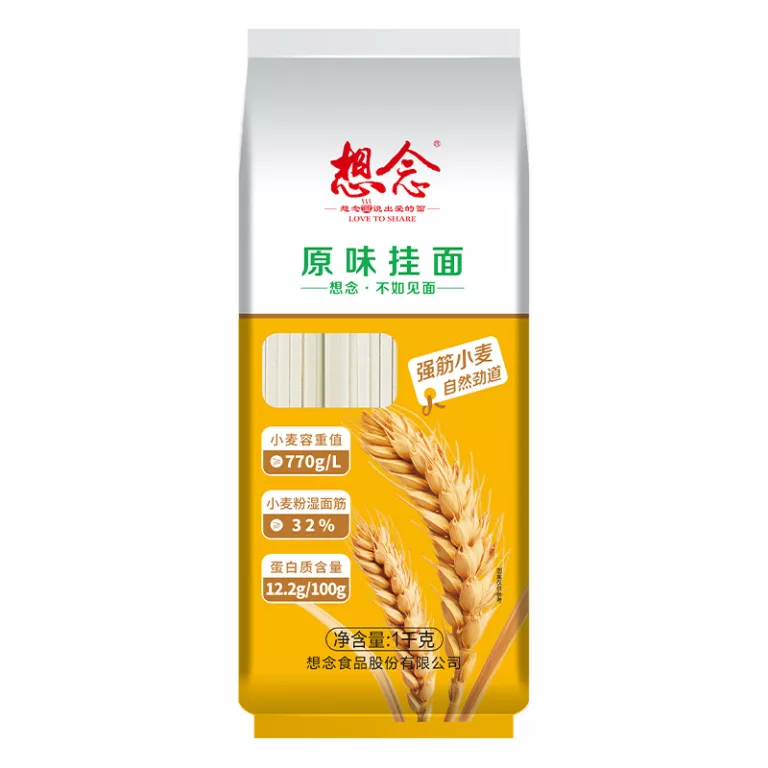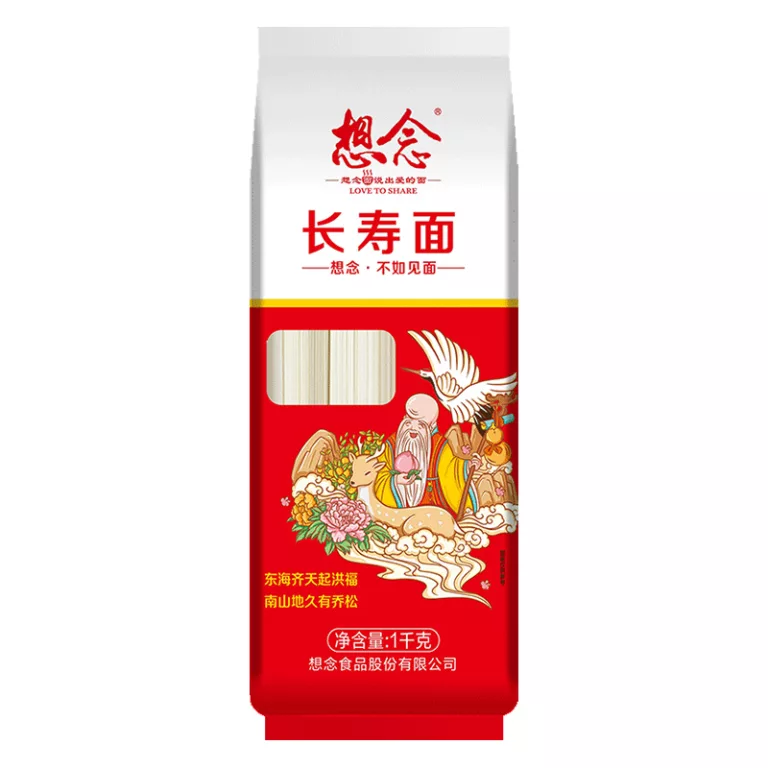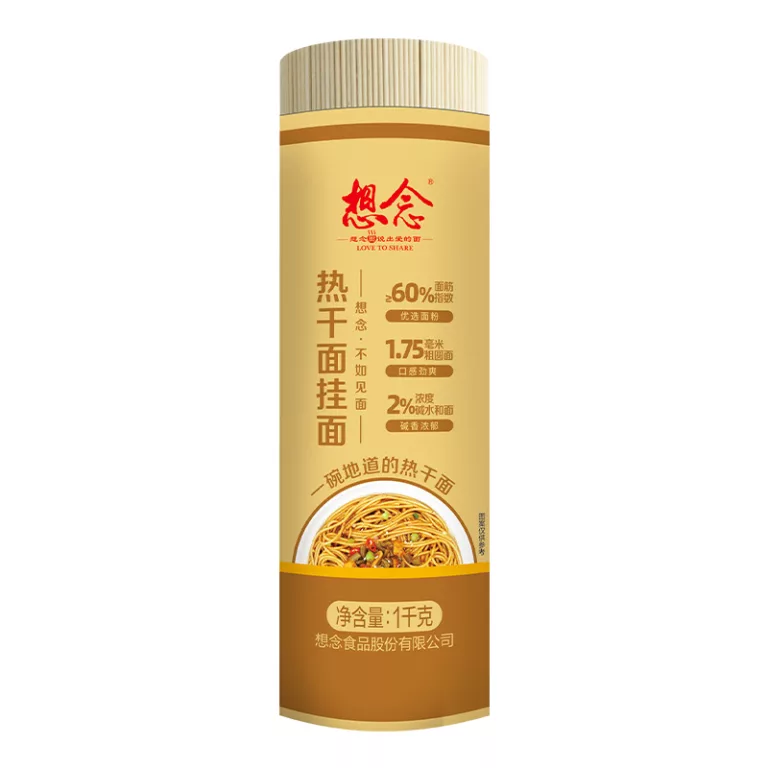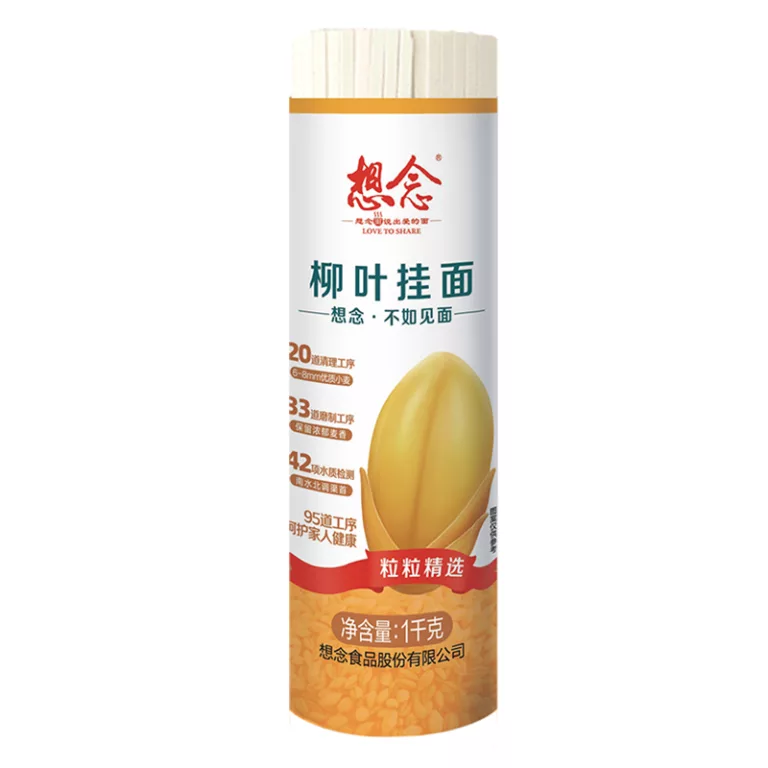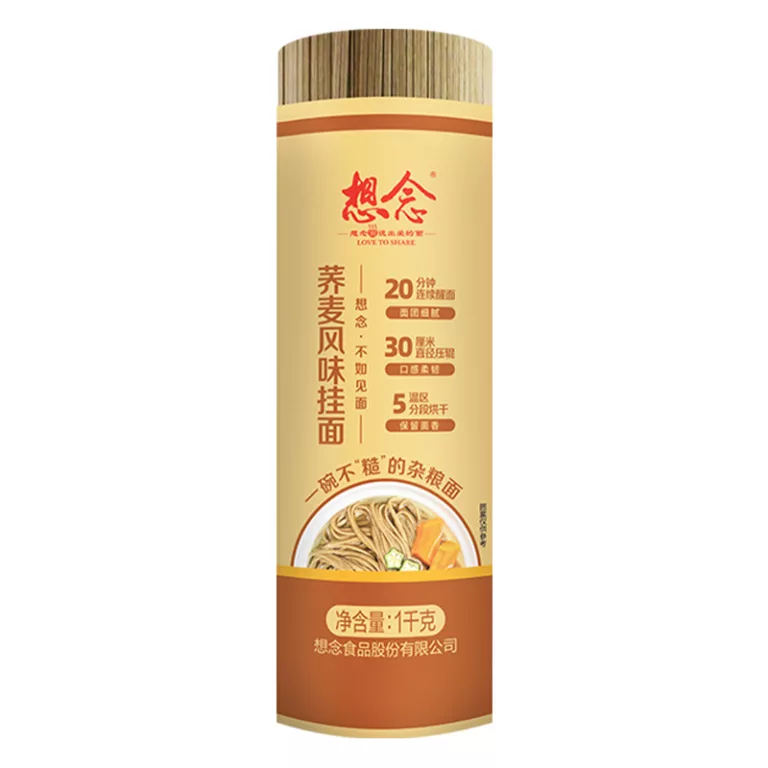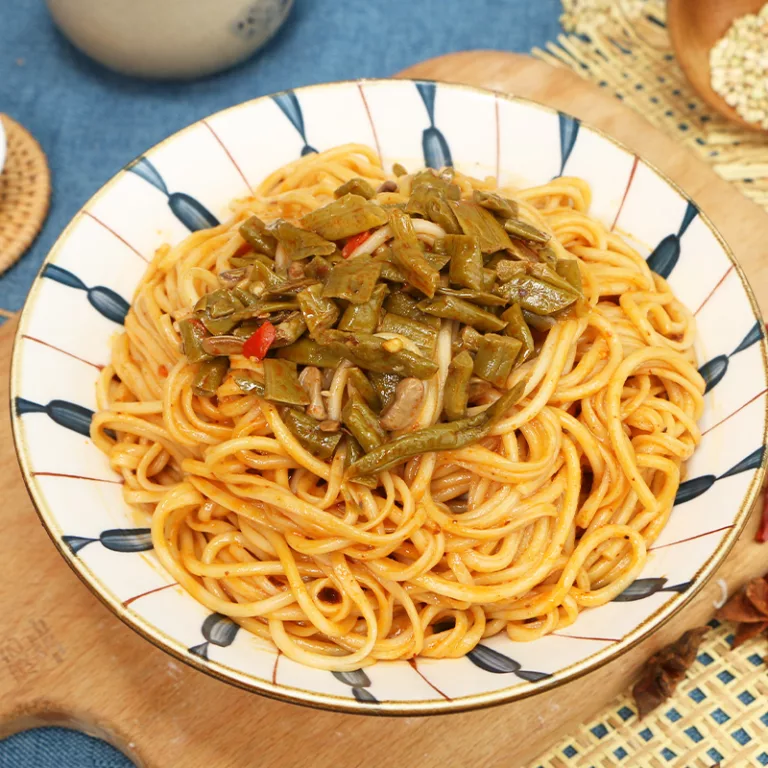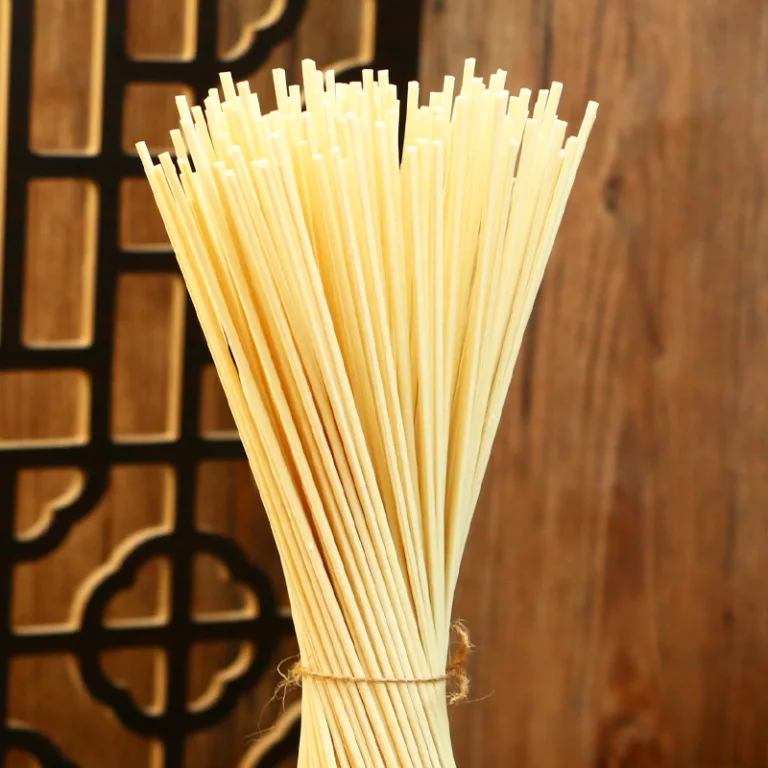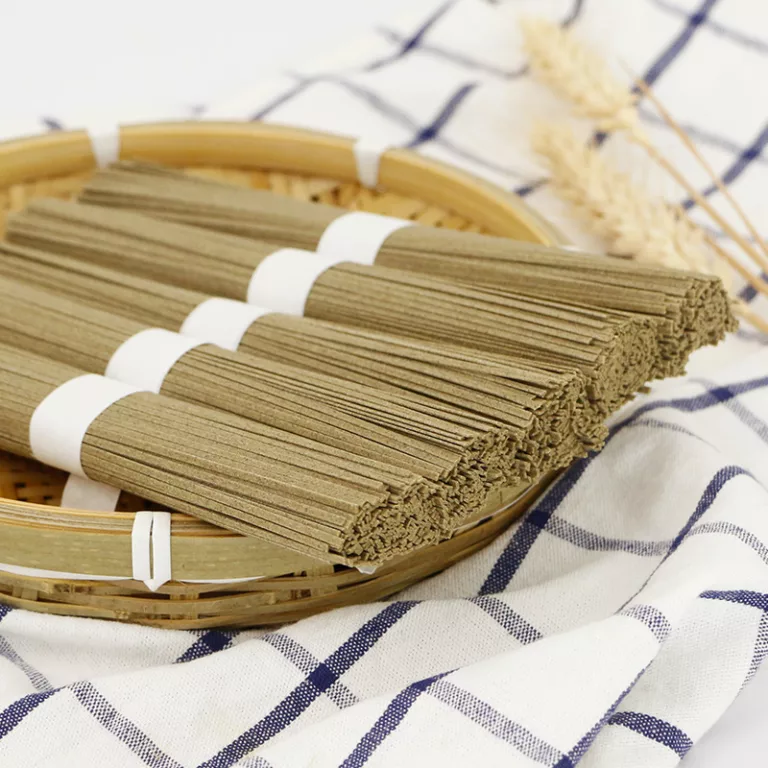What's the differens between slim noodles and wide noodles?
-
zeyuan li
- February 13, 2023
Slim Noodles vs. Wide Noodles: A Comprehensive Comparison
You’ve probably heard about the hundreds of different noodles out there, but few have made as much of a divisive mark on the culinary world like thin versus wide noodles. These two styles may seem like something small, but they actually have a massive impact on the flavor and texture of a dish.
In this article, we’ll be breaking down the key differences between slim and wide noodles, so that you can make an informed decision when choosing which type of noodle best fits your dish. So without further ado, let’s jump right in!
Table of Contents
What Are Slim Noodles?
Slim noodles are types of noodle that have been thinly rolled and cut, making them thinner and flatter than wide noodles. Typically, these noodles are Asian-style, such as udon, somen, and soba.
However, there are also Italian-style slim noodles, such as vermicelli, capellini, and fettuccine. These noodles are typically used in cold dishes or soup, as their thin nature makes them quick to cook and easy to eat. They are also great for absorbing flavorful sauces and providing an interesting texture.
What Are Wide Noodles?
Wide noodles, on the other hand, are much wider and thicker than slim noodles. These types of noodles are typically Asian-style, such as ramen and Chinese lo mein. They are usually used in stir-fry dishes, as the wider size and round shape allow the noodles to absorb more sauce and retain their shape better when cooked.
These noodles are usually cooked longer than slim noodles, as the thicker shape takes more time to become tender. They also have a chewier texture, so they’re perfect for dishes where you want more substance.
The Aesthetic Differences
One of the key differences between slim and wide noodles is their aesthetic appeal. Slim noodles are often seen as delicate, elegant, and visually appealing, while wide noodles are seen as more rustic and hearty. This makes the two types of noodles suitable for different kinds of dishes.
Slim noodles are often used for light, delicate fares such as salads and cold dishes, while wide noodles are usually seen in heartier dishes such as stews and stir-frys. Ultimately, the choice of noodle will depend on the kind of dish you’re making.
Texture Differences
The texture of the noodles is one of the most important differences between the two styles. Slim noodles are typically more tender and delicate, as they are made from thinner strands of flour. They’re also more fragile, so they’re not well-suited for dishes that require a lot of stirring or tossing.
Wide noodles, on the other hand, are much chewier and sturdier. This makes them ideal for dishes where you want a firmer texture or where the noodles need to stand up to a lot of stirring and tossing. Additionally, the wider shape of wide noodles allows them to better absorb sauces and flavorings, which gives them a more intense flavor.
Cooking Time Differences
Another major difference between the two types of noodles is the cooking time. Slim noodles are much quicker to cook, as they are thinner and more delicate. This makes them perfect for dishes where you don’t have a lot of time to simmer or stew.
Wide noodles take longer to become tender, as they are thicker and sturdier. This makes them suitable for dishes where you have more time to let the flavors slowly mature and the noodles to become soft and flavorful.
Which Noodle Is Healthier?
While both types of noodles are high in carbohydrates, wide noodles have higher amounts of fiber, protein and fat. This makes them a better option for those looking for a more filling meal. That said, both types of noodles are perfectly healthy in moderation, so the choice of noodle will ultimately come down to personal preference.
Conclusion
As you can see, there are many differences between slim and wide noodles. From the aesthetic appeal to the texture and cooking time, these two styles of noodles provide drastically different experiences. So, when deciding which type of noodle is best for your dish, take the time to consider the differences and choose the noodle type that best fits your needs.
